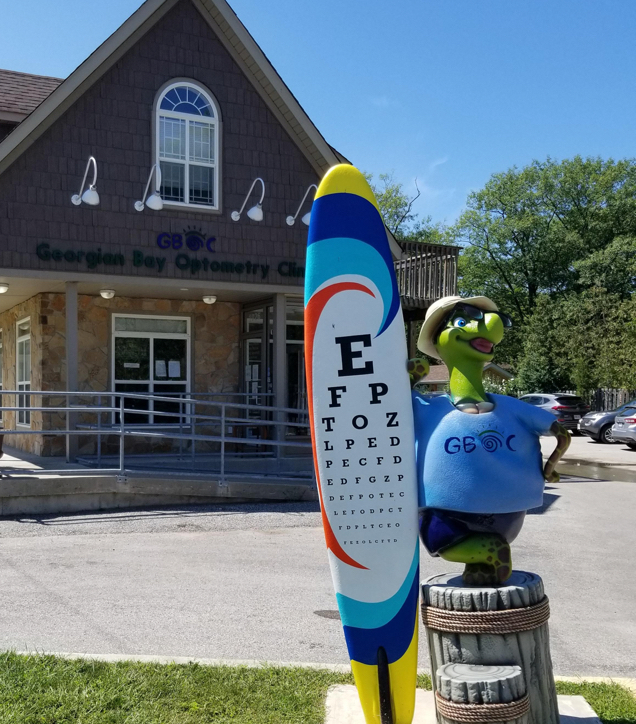Cataract Exam and Treatment
Cataracts are the leading cause of treatable vision loss in Canada.
As we age, the eye’s lens begins to change. Cataracts form in most people by the time they reach age 60. In fact, more than 2.5 million Canadians have cataracts.
There is currently no definitive reason the medical community can determine why the lens changes as we age, only that it does.
Known risk factors include:
- Medical conditions, such as diabetes/li>
- Prior injury to the eye/li>
- Extended usage of corticosteroid medications/li>
- Family history
- UV radiation (from sunlight and other sources)
- Blurry vision (like looking through a shower curtain)
- Faded colours, or inability to distinguish colours
- Glare from light sources, especially at night
- Hazy, cloudy vision
There are several types of cataracts, including:
- Subcapsular Cataract – Occurs at the back of the lens. People with diabetes or using steroidal medications are at greater risk to develop these.
- Nuclear Cataract – Forms in the nucleus of the lens. In some cases, a nuclear cataract can cause “second sight”, where your visual acuity is temporarily increased. This effect wears off as the cataract develops.
- Cortical Cataract – Occurs in the lens cortex (the tissue surrounding the central nucleus). Opaque white flecks begin to form around the centre of the lens (similar to the spokes on a wheel).
While many people assume that poor vision is an inevitable part of ageing, vision loss due to cataracts can be restored to very good acuity (between 20/20 and 20/40) with a routine and safe surgical procedure.
Cataract surgery is the most popular surgery performed in North America and is long-term successful in over 90% of cases.
The first step is a comprehensive eye exam to determine the type and development of your cataracts. Assuming your surgical viability, we will then refer you to an Ophthalmologist.
The Ophthalmologist will remove your clouded lenses and replace them with a clear intraocular lens (IOL) made of plastic. The IOL mimics the function of the original lens and is very successful in restoring vision quality.
The surgery is relatively painless, with mild postoperative discomfort for a couple of weeks.













